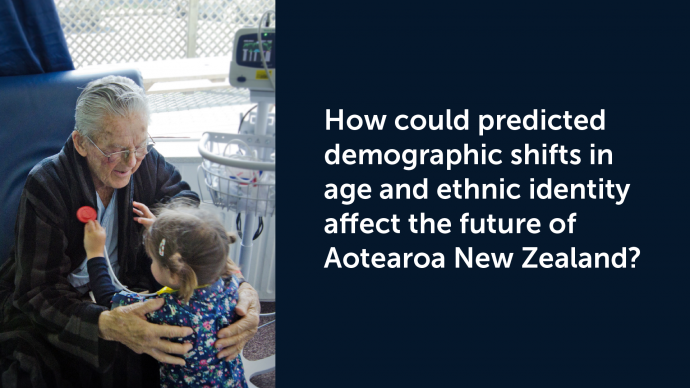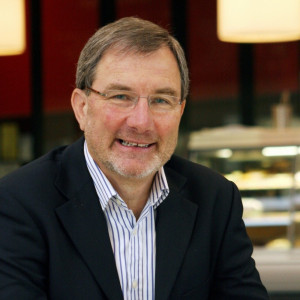Expert perspective: Distinguished Professor Emeritus Paul Spoonley FRSNZ

Distinguished Professor Emeritus Paul Spoonley FRSNZ, widely acknowledged for advancing understanding in social change, discusses demographic disruption:
Demographic Disruption: A New Aotearoa Emerges
"Alongside all the other changes that we are experiencing – digital, geo-political, environmental – we should anticipate significant changes to our demography. If I had to choose a start date for these changes in New Zealand, it would be 2013 as we emerged from the Global Financial Crises. The Baby Boomers were beginning to arrive at the age of 65 (no longer the age of retirement for many, I might add) in numbers, we were experiencing another major spike in immigrant arrivals, and the total fertility rate began to drop.
The ageing of our society has major consequences. In 2025, 18.3% of all New Zealanders are 65 years or older (in my youth, it was 8%). This will grow to be 23.3% in two decades, which means that we become “old-dominant”. Inevitably, costs will increase – think health or superannuation costs – while the dependency ratio (those in work compared to the numbers receiving superannuation) and the entry:exit ratio (the number of Baby Boomers exiting the workforce compared to the numbers entering) have changed.
Our total fertility rate is now at 1.56 births per woman (replacement level is 2.1 births) which means that, according to the Ministry of Education forecasts, there will be 30,000 fewer students in our compulsory education sector within the next 7 years.
As Natural Increase (births over deaths) plays a less significant role in population growth, immigration becomes more significant. In 2023, 85% of our growth that year came from net migration. Given that our major migrant source countries are currently India, the Philippines and China, our future is going to be much more culturally diverse, especially at younger age groups. Add in the fertility and age profile of Māori, many more of us will self-identify as Māori over coming decades.
We need to also consider where we are seeing population growth – or stagnation. Recently, StatsNZ highlighted the high annual growth in Selwyn (5.1% per annum). But parts of Auckland are experiencing major growth as well: Papakura grew by 5% per annum while Auckland added 44,600 to its total population in 2024 alone (or 48% of the total population growth of New Zealand). Auckland will soon be home to 40% of all New Zealanders.
The 2020s will see these demographic dynamics reshape New Zealand so that by the early 2030s, a quite different country will have emerged.
The significantly altered demographics of New Zealand require some serious policy discussions about what our priorities are – and how we pay for them.
It would be great to have more understanding of the implications of these changes and an articulated population policy to inform policy decisions."
Published May 2025
 Distinguished Professor Emeritus Paul Spoonley FRSNZ is the author or editor of 29 books including 'Mata Toa. The Life and Times of Ranginui Walker' and 'The ‘New’ New Zealand. Facing Demographic Disruption’ (2021). His research interests include demographic change, immigration and diversity, and extremism, including antisemitism.
Distinguished Professor Emeritus Paul Spoonley FRSNZ is the author or editor of 29 books including 'Mata Toa. The Life and Times of Ranginui Walker' and 'The ‘New’ New Zealand. Facing Demographic Disruption’ (2021). His research interests include demographic change, immigration and diversity, and extremism, including antisemitism.

